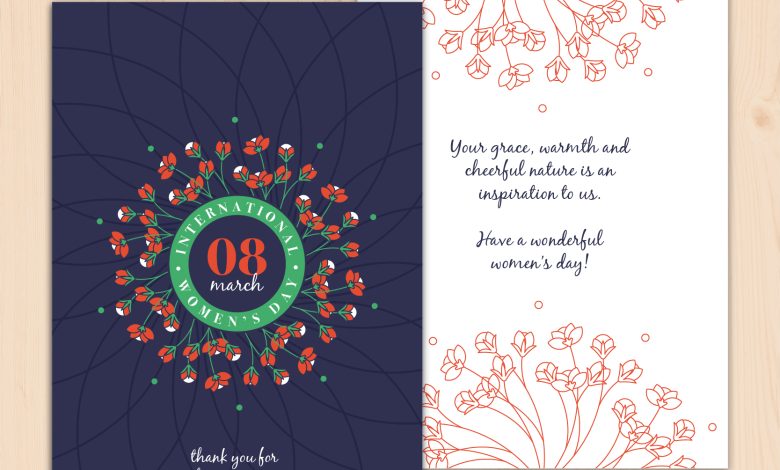Farewell Card Ideas: Sending Perfect Heartfelt Goodbyes with Style

People move around the world more than ever. They do so for careers, education, or personal journeys. It has become very important to properly say goodbye. Goodbyes can stir mixed emotions. But, comfort can be found in farewell traditions from many cultures. They help soften life’s transitions. A pleasant tradition is the farewell card. It is practised globally. The card is a small keepsake. It carries fond wishes and memories across distances after departures.
Farewell Card East Asia: Souvenir Charms and Symbolic Motifs
In East Asia, beautifully handcrafted farewell cards are called souvenir charms. They are hugely popular in Japan, China, and South Korea. These charms come in all shapes and designs. But, they often have symbolic motifs. They include cranes for longevity or peach blossoms for new beginnings. They contain thanks, luck, and hope. They are written in elegant Chinese or Japanese. Exchanging these cards fosters a sense of community even after separation.
Europe: Formality in Printed and Handwritten Adieu Farewell Card
Across Europe, printed and handwritten adieu cards are the polite way to say goodbye. They are used to formally say farewell in professional settings after a career transition. In France, Belgium, and Switzerland, cards given to colleagues often have decorative borders. They are inscribed with gracious messages. These messages thank for years of collaboration and camaraderie at work. Italians prefer small, decorative cards. The cards are printed with sentiments like “Grazie e arrivederci” (Thank you and goodbye until we meet again). Germans and Austrians may choose simple, linen cards. The cards bear heartfelt well-wishes for success in future endeavours.
Americas: Personal and Professional Farewell Card Practices
In the Americas, farewell cards serve both personal and professional purposes. Canadians like cards with rustic landscapes. The cards thank hosts for their hospitality. Mexicans may give colleagues colorful, patterned cards. The cards have wishes for “Buena suerte” (good luck) printed on them. Americans commonly give cards to departing coworkers. The cards have writing that thanks them. It thanks them for their work, partnerships, and years of shared success. Regardless of style, all aim to remember relationships and leave on an upbeat note.
India: Unifying Commemorative Farewell Cards Across Cultures
Even in diverse places like India, people there share a habit. They give out farewell cards. Hindus present brightly illustrated cards. The cards have verses from ancient scripture and blessings for well-being. Muslims handwrite cards in elegant Urdu. They convey prayers for continuing prosperity and fulfillment in the next life. Exchanging these keepsakes builds bonds. It helps even after goodbyes.
Structured Recognition of Individual Contributions
Exchanging farewell cards with coworkers has a big benefit. It lets us express sincere thanks and appreciation. We can do this for colleagues we’ve worked closely with. As a project or assignment ends, it’s easy to rush the end. This can happen without properly thanking everyone for helping the team succeed. Farewell cards give us a structured way to recognize colleagues’ strengths, talents, and qualities. They let us do so thoughtfully.
Tangible Keepsakes for Lasting Memories
In summary, styles and sentiments vary across borders. But, giving farewell cards is a global practice. It has many social and psychological benefits. For the sender, they provide a real way to show thanks. They also make lasting memories before departing. And they may help them stay in touch through future letters. Recipients treasure the gifts. They fuel happy memories of past colleagues, friends, or hosts long after goodbyes. Most importantly, they foster understanding between cultures. They also foster human connection worldwide. This happens during life’s bittersweet transitions. Farewell cards ensure well-wishes and warmth transcend borders. They do so whether near or far. This happens after farewells are exchanged.
Time-Honored Tradition Upholding Social Conventions
It’s a time-honoured tradition. The practice of presenting farewell cards acknowledges achievements and partings. It has been culturally important across much of the world for centuries. It is important. It upholds social rules and is polite during transitions.
Reinforces relationships: Saying goodbye is difficult, but exchanging cards helps solidify relationships on a positive note. This makes departures feel less final. They become more like “see you later.” You can express feelings, exchange contact details, and leave with fond memories.
Expressing Gratitude and Appreciation
Boosts well-being: Research shows that saying proper goodbyes provides psychological closure which aids adjustment to change. Cards help express emotions. They also help remember positive bonds. And, they help look forward, not back on sad lost ties. This mitigates stress from life adjustments.
Tradition builds community: The act of giving cards is a unifying cultural experience. It connects people. They share rituals of thoughtfulness, gratitude, and well-wishing. This strengthens interpersonal bonds within companies, neighbourhoods, and wider society over time.
Preserves history: Farewell cards become treasured keepsakes that perpetuate relationships. Recipients often fondly revisit memories and messages for years to come. In a way, they are artefacts. They document personal and work lives, careers, relationships, and shared times.
Fosters respect: Thoughtfully acknowledging others with cards promotes appreciation, honesty, and human dignity even amid changes. Respectful contact helps keep all interactions honest. It has positive impacts on workplace culture, society, and one’s character.
Conclusion
Overall farewell cards are a tradition. It has deep cultural and psychological significance. It helps build strong, lifelong personal and professional relationships. This happens through life’s many transitions.
Also read https://magazinehint.com/choosing-the-right-adventure-gear/



